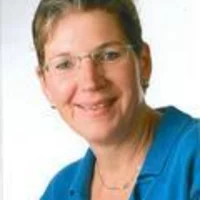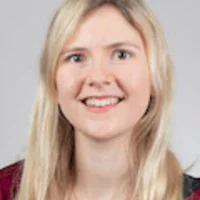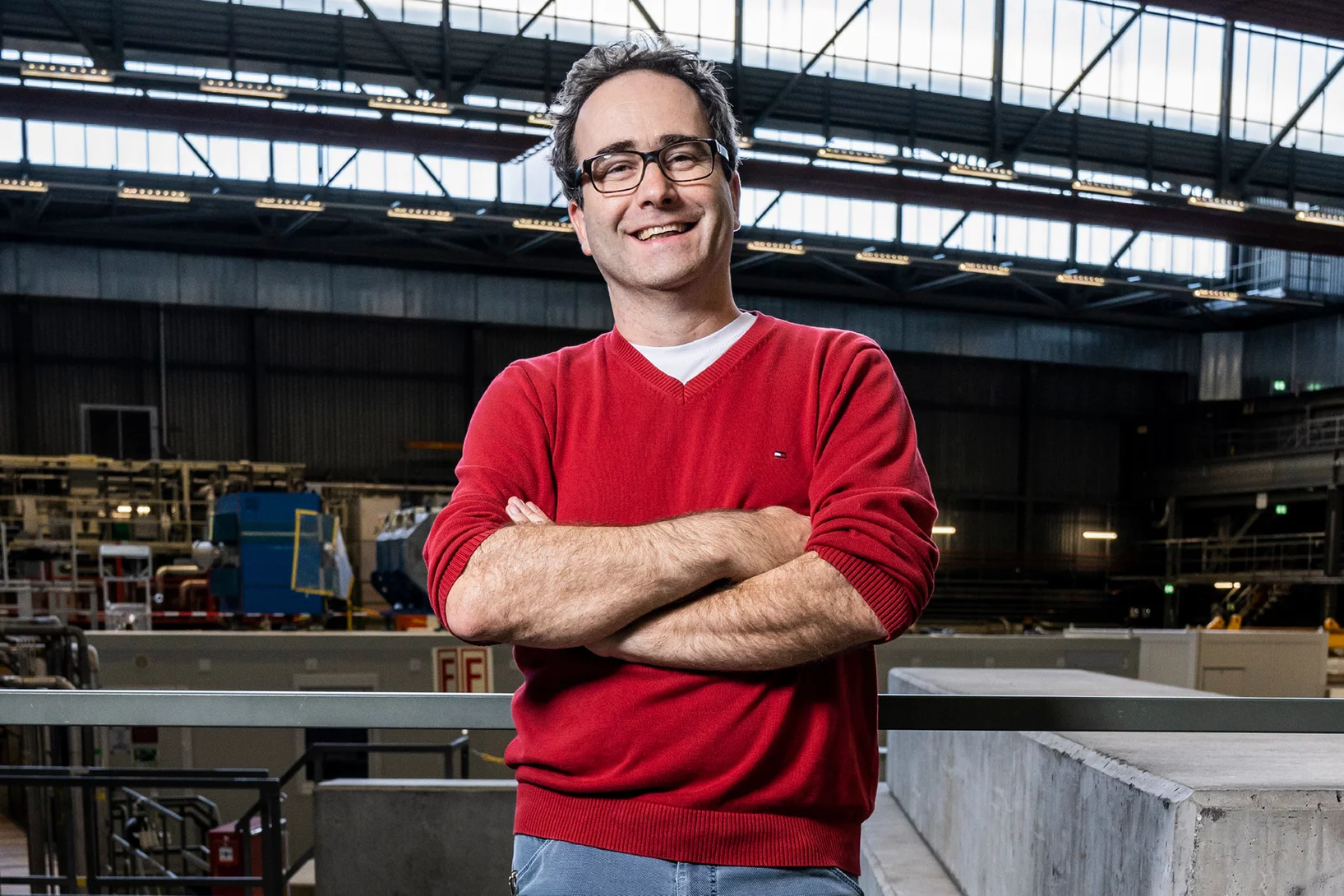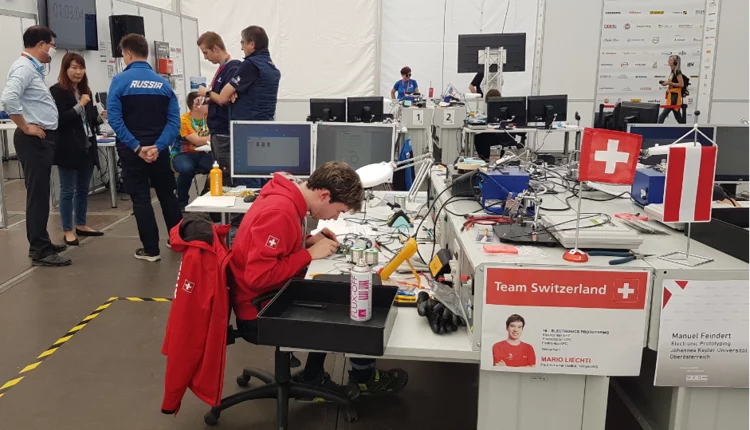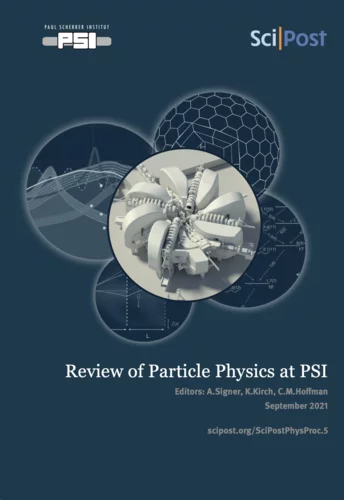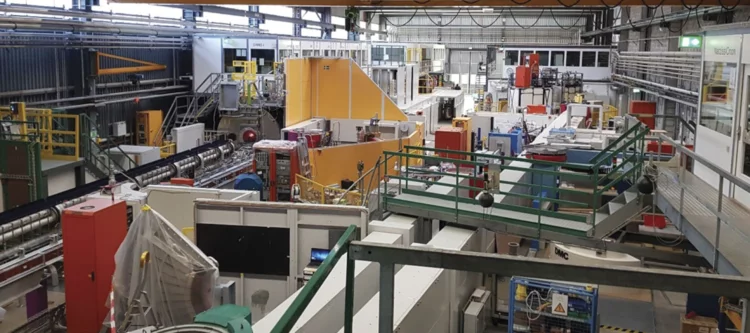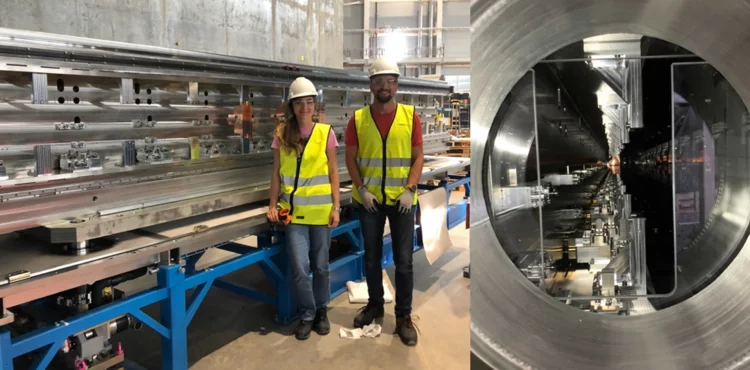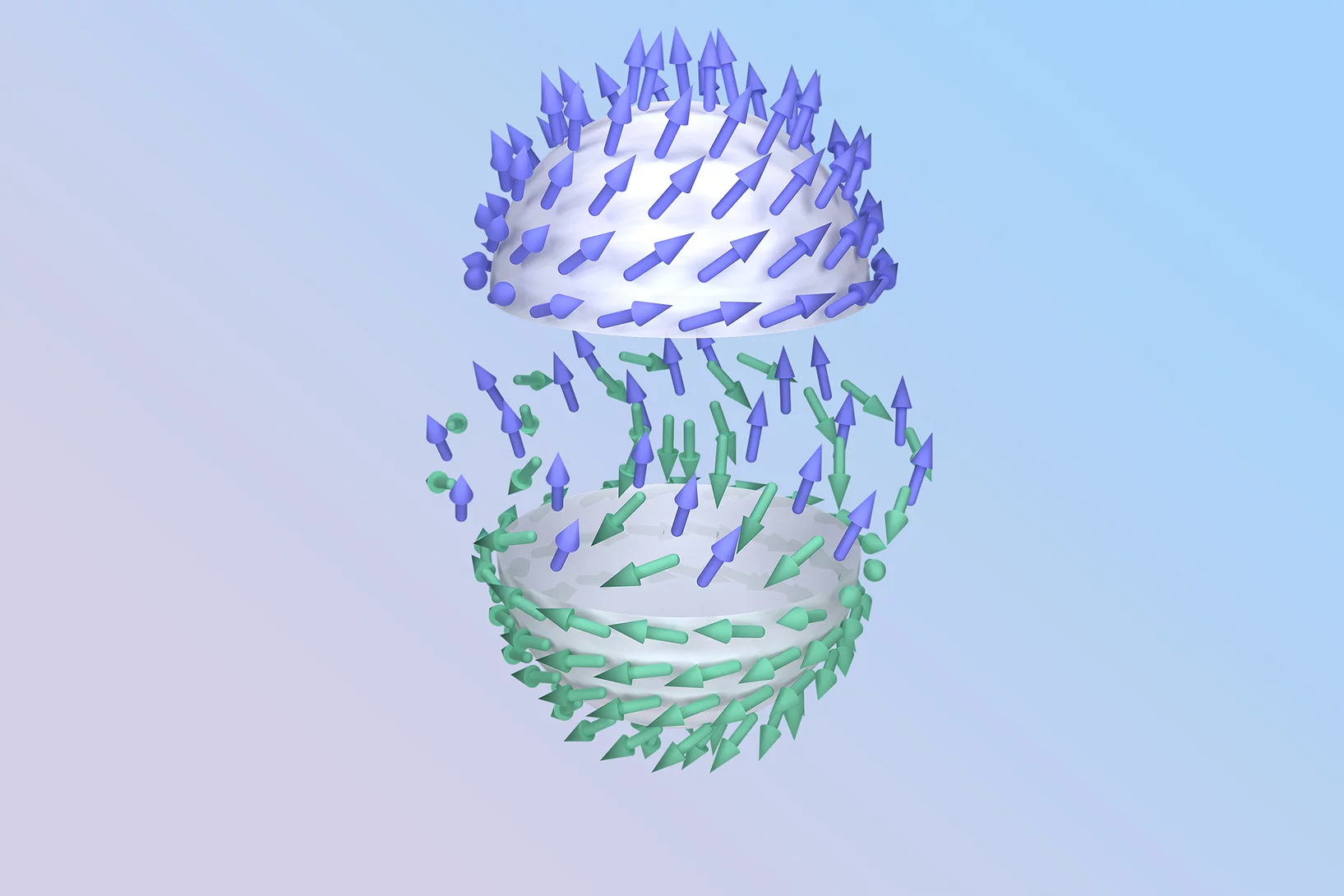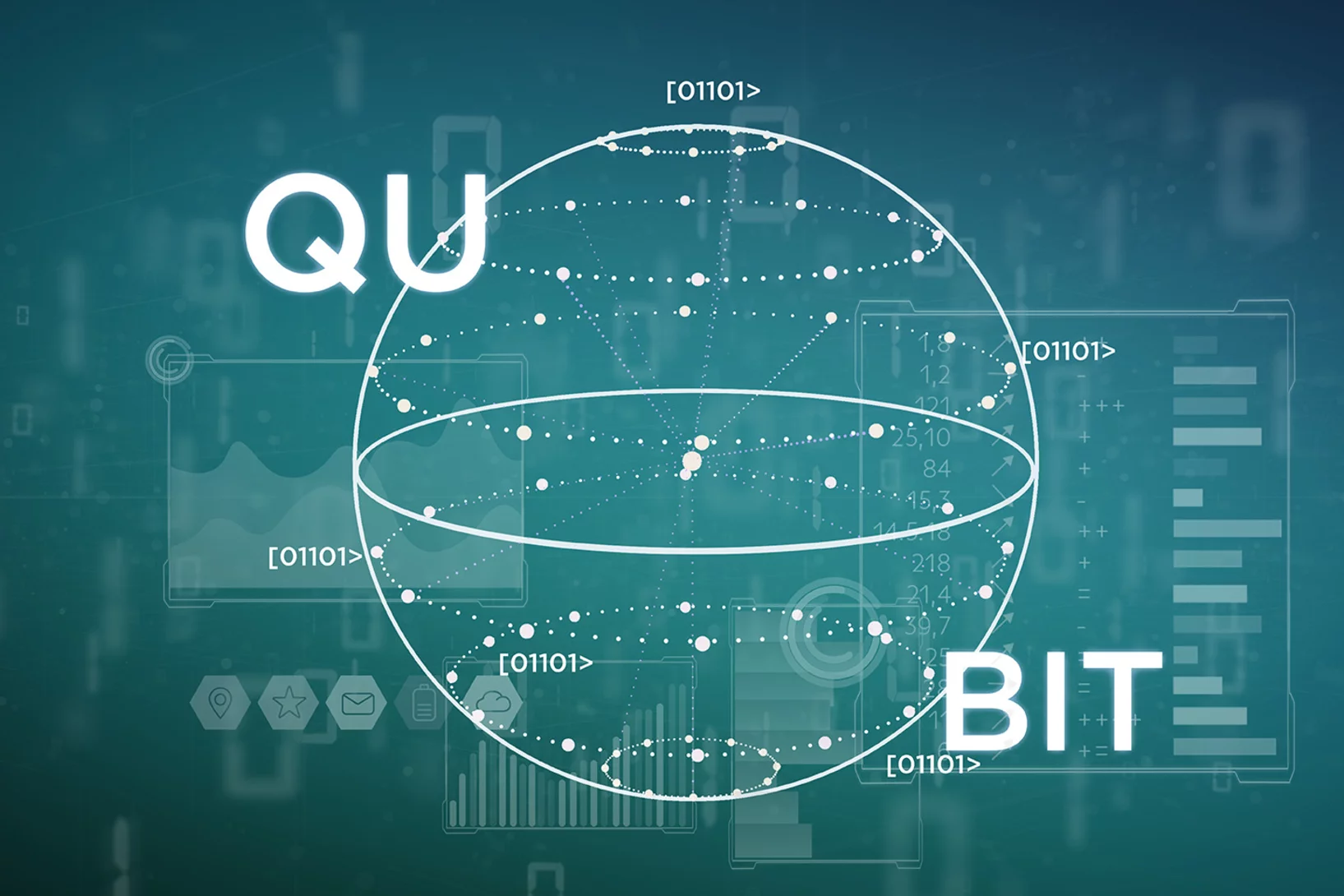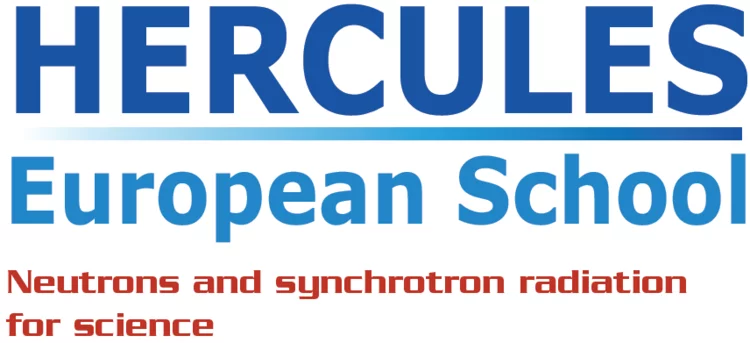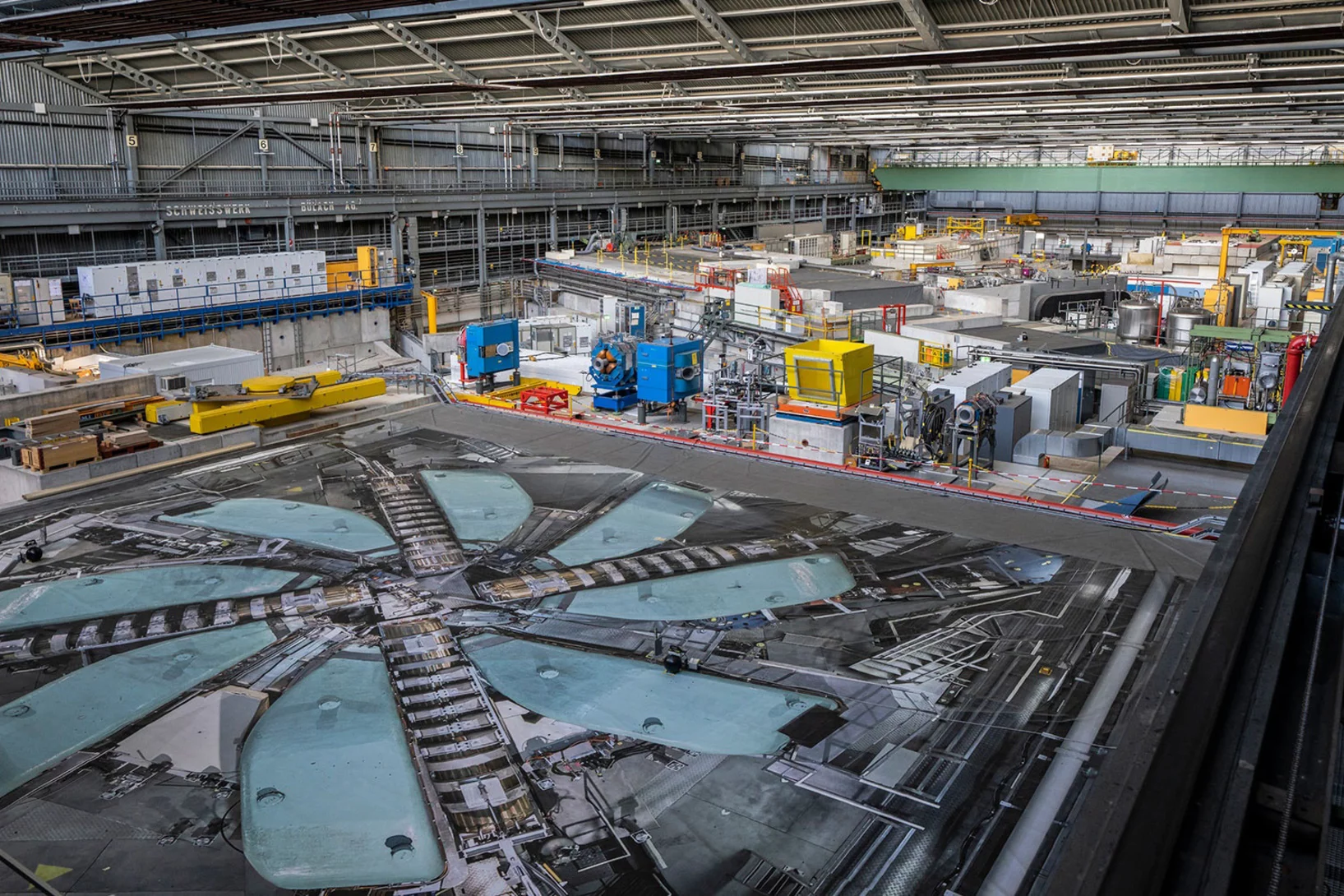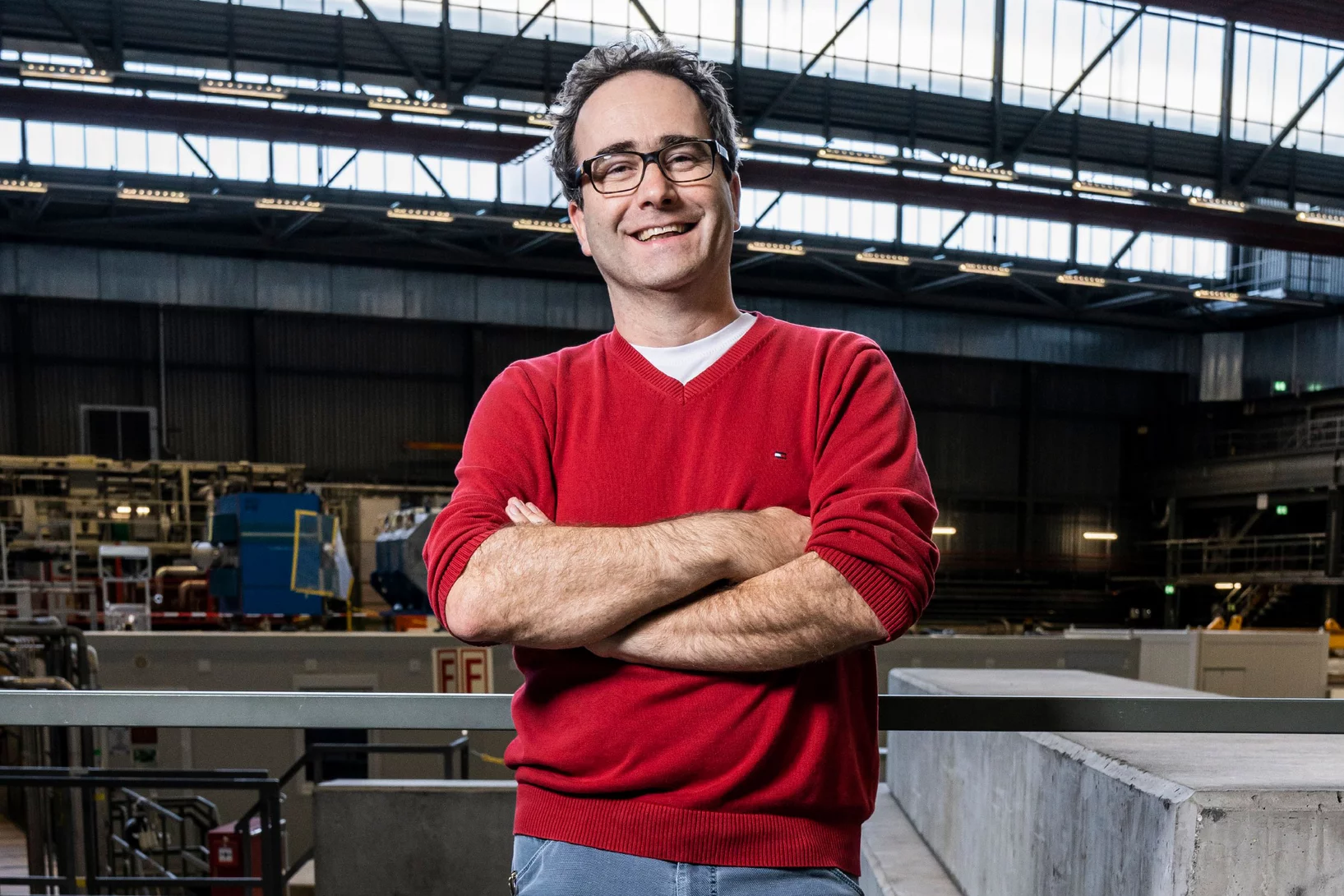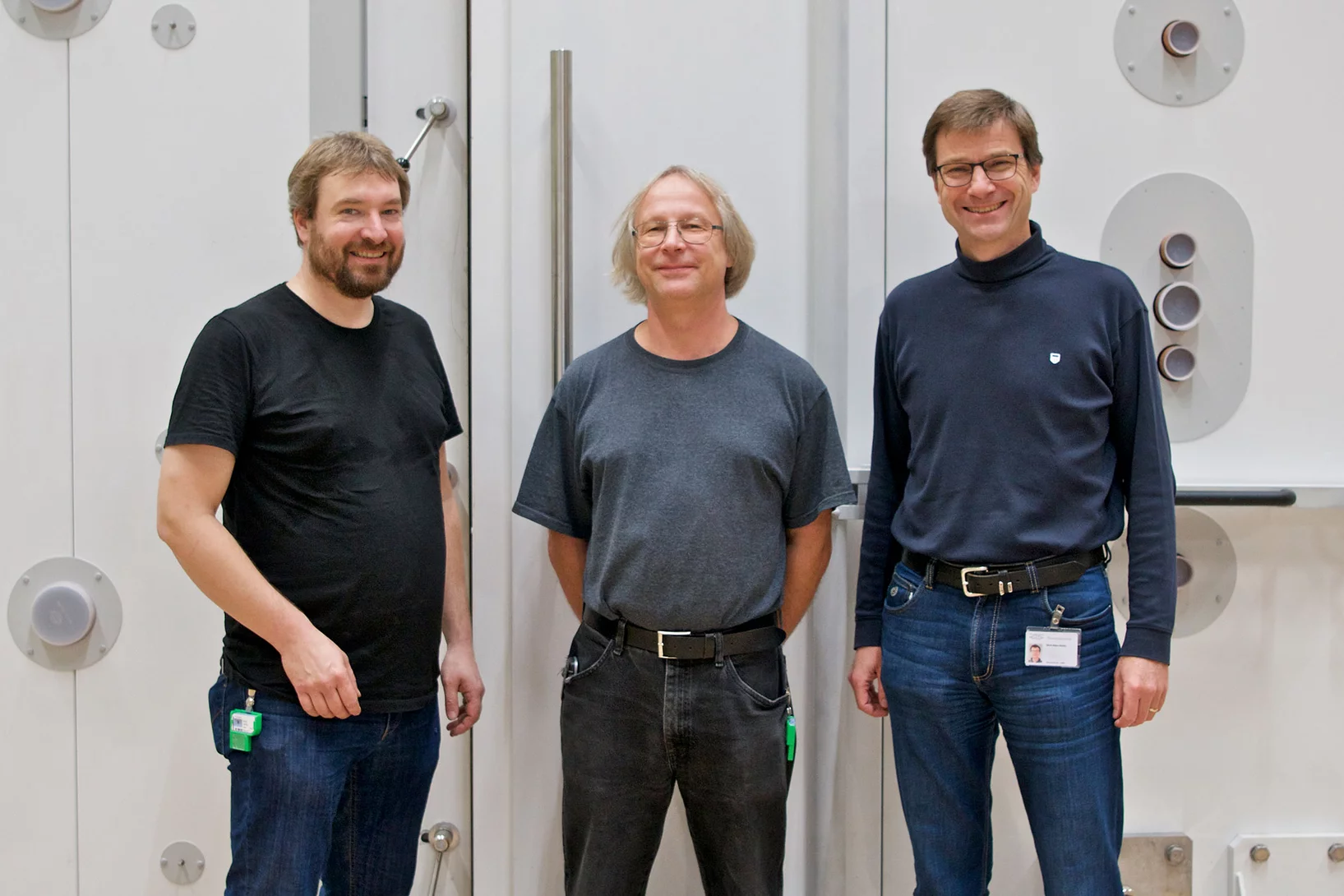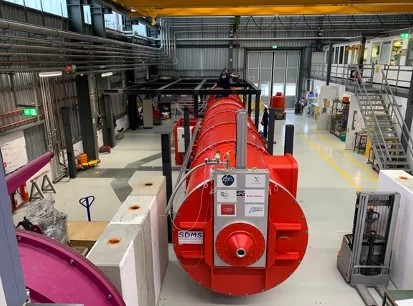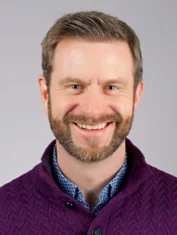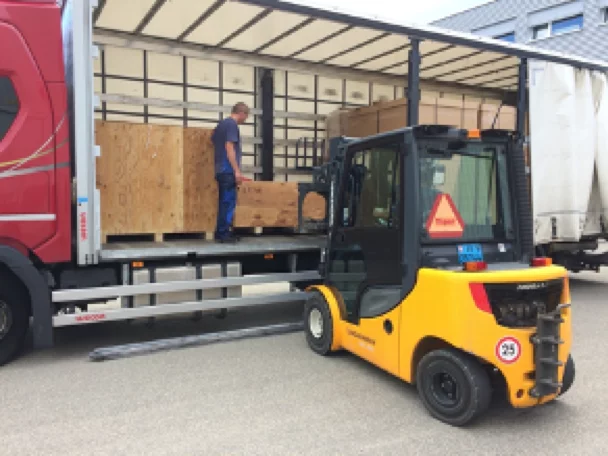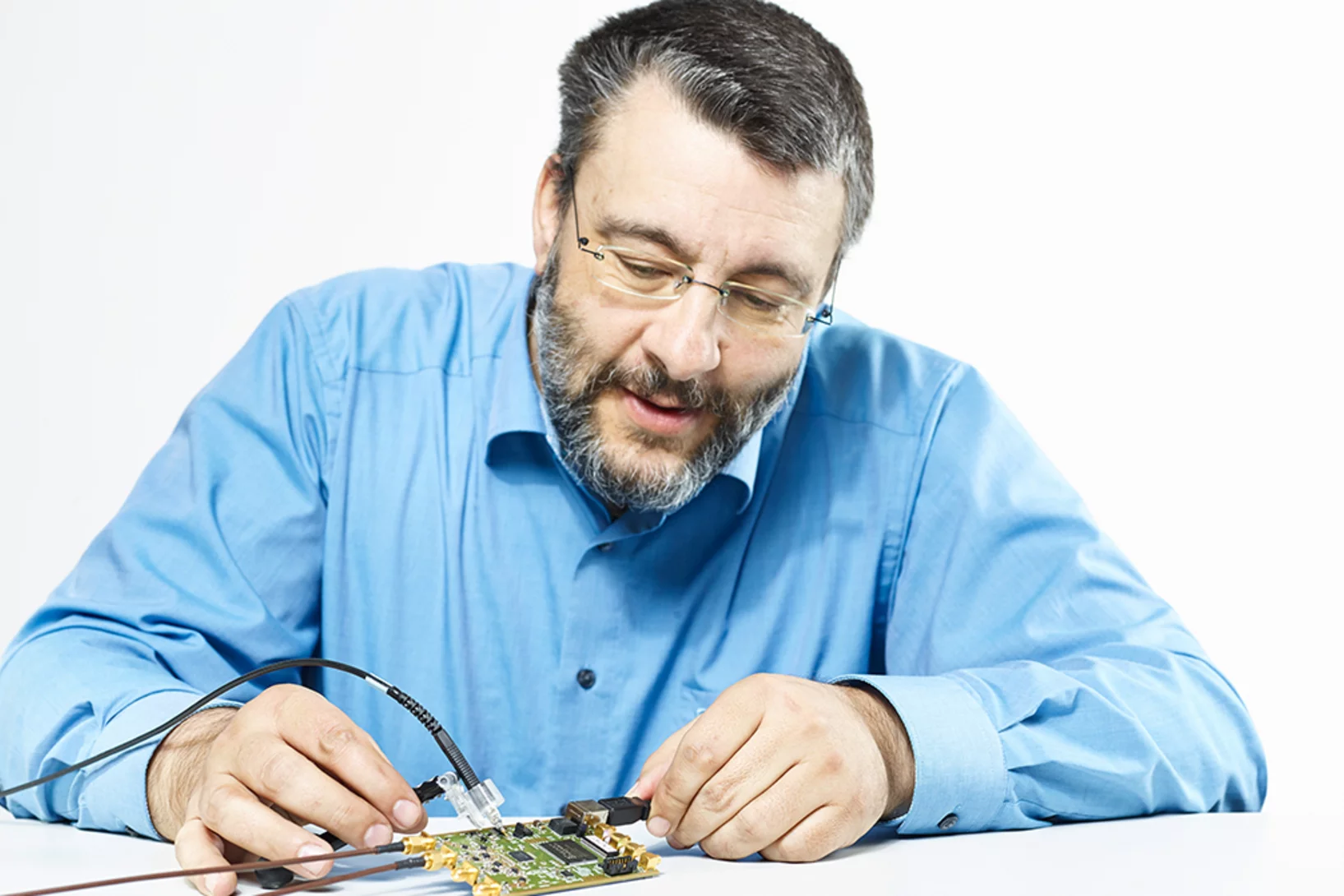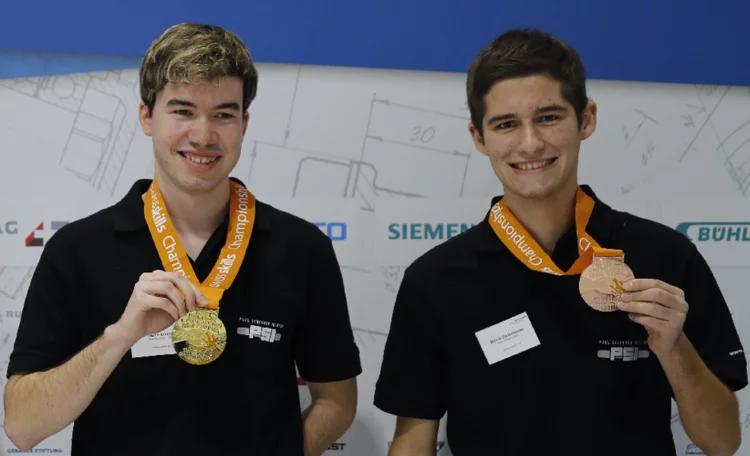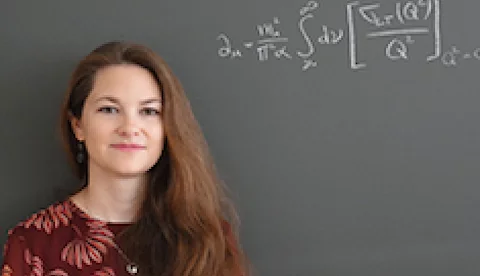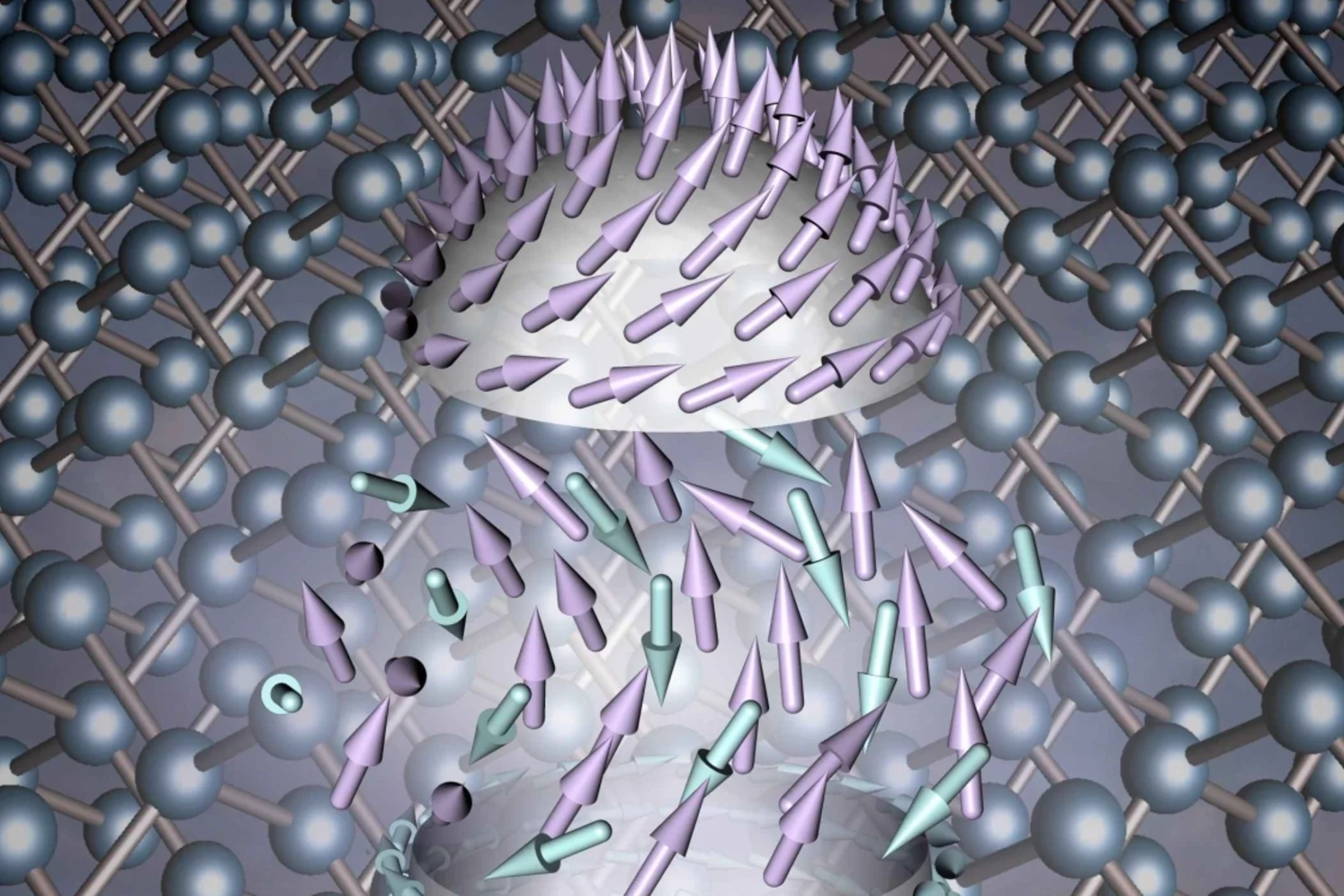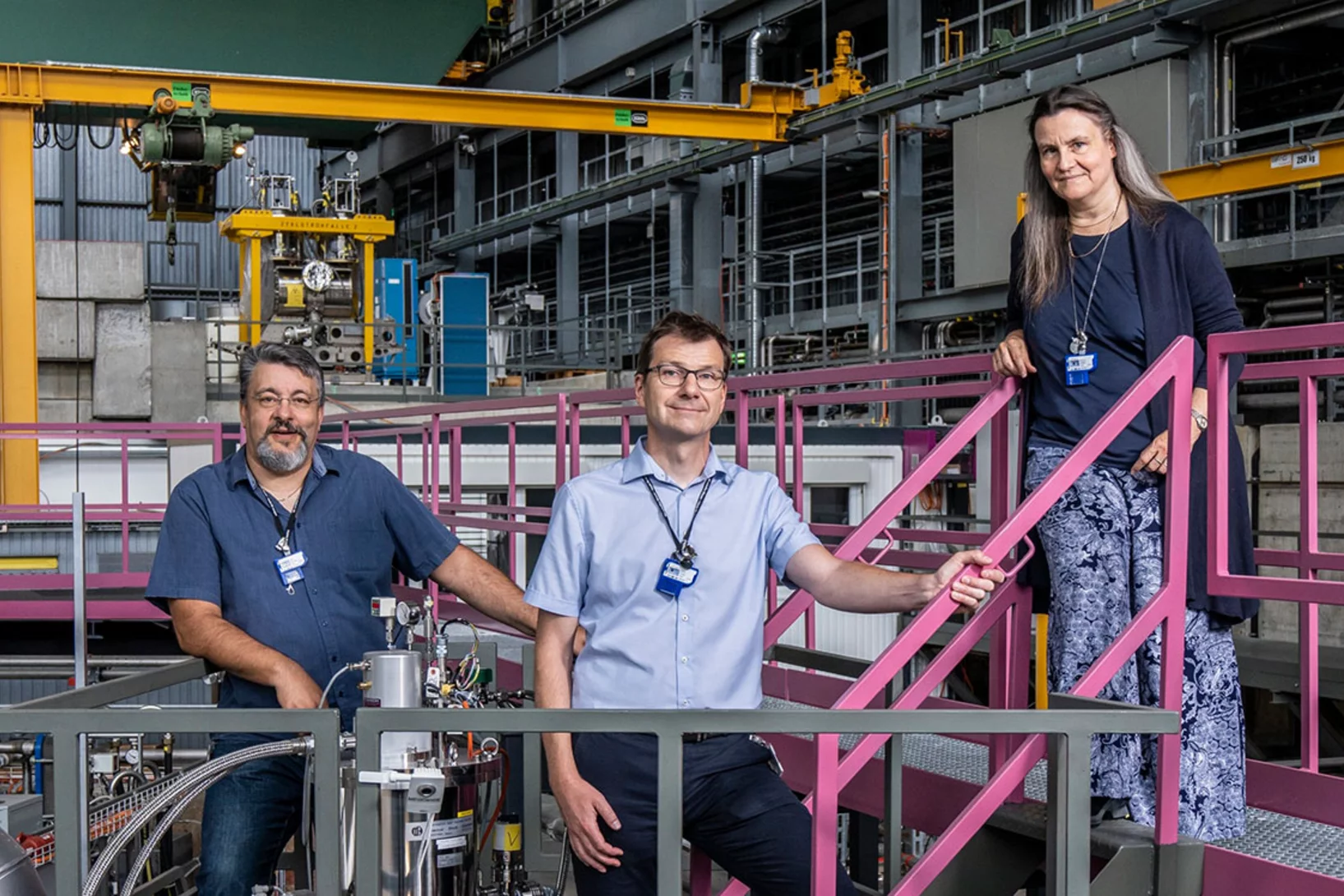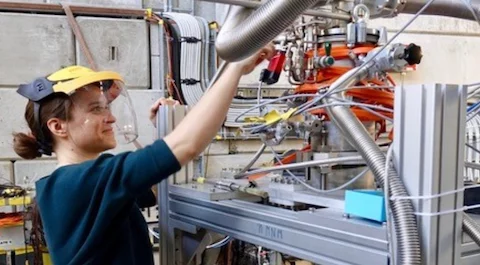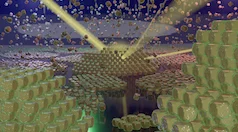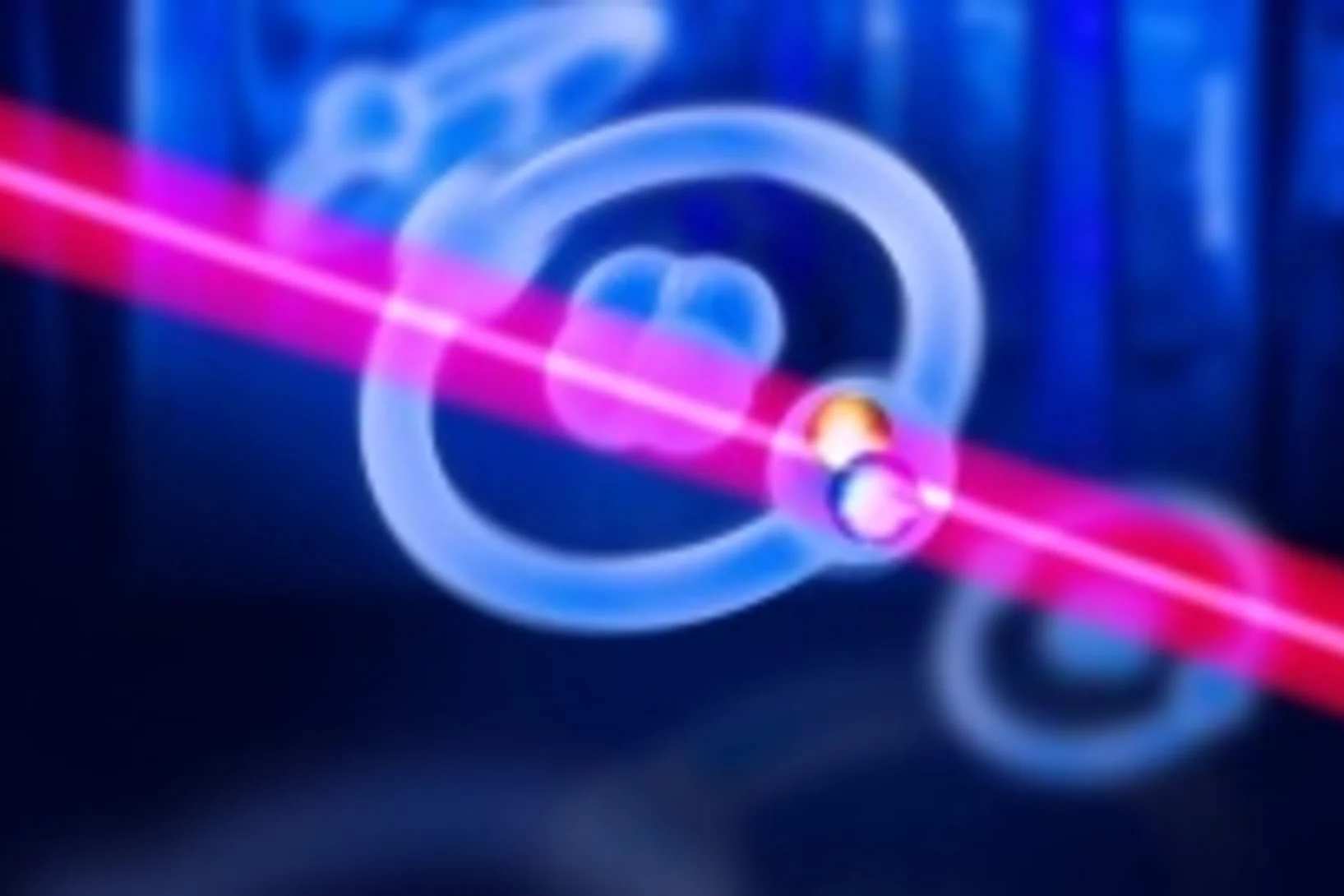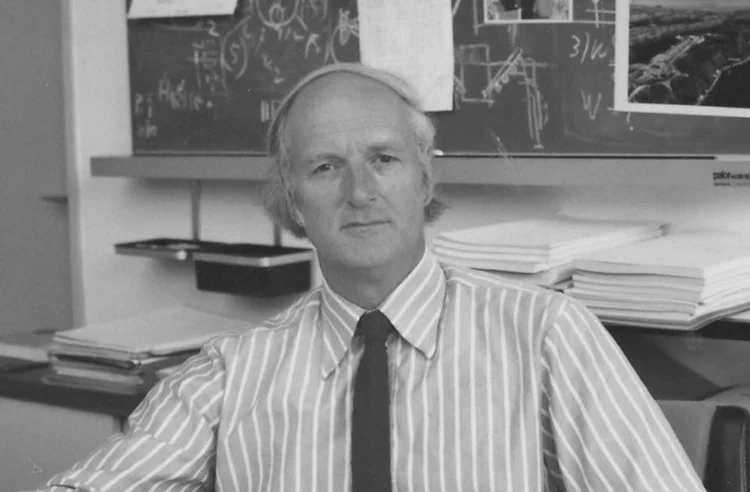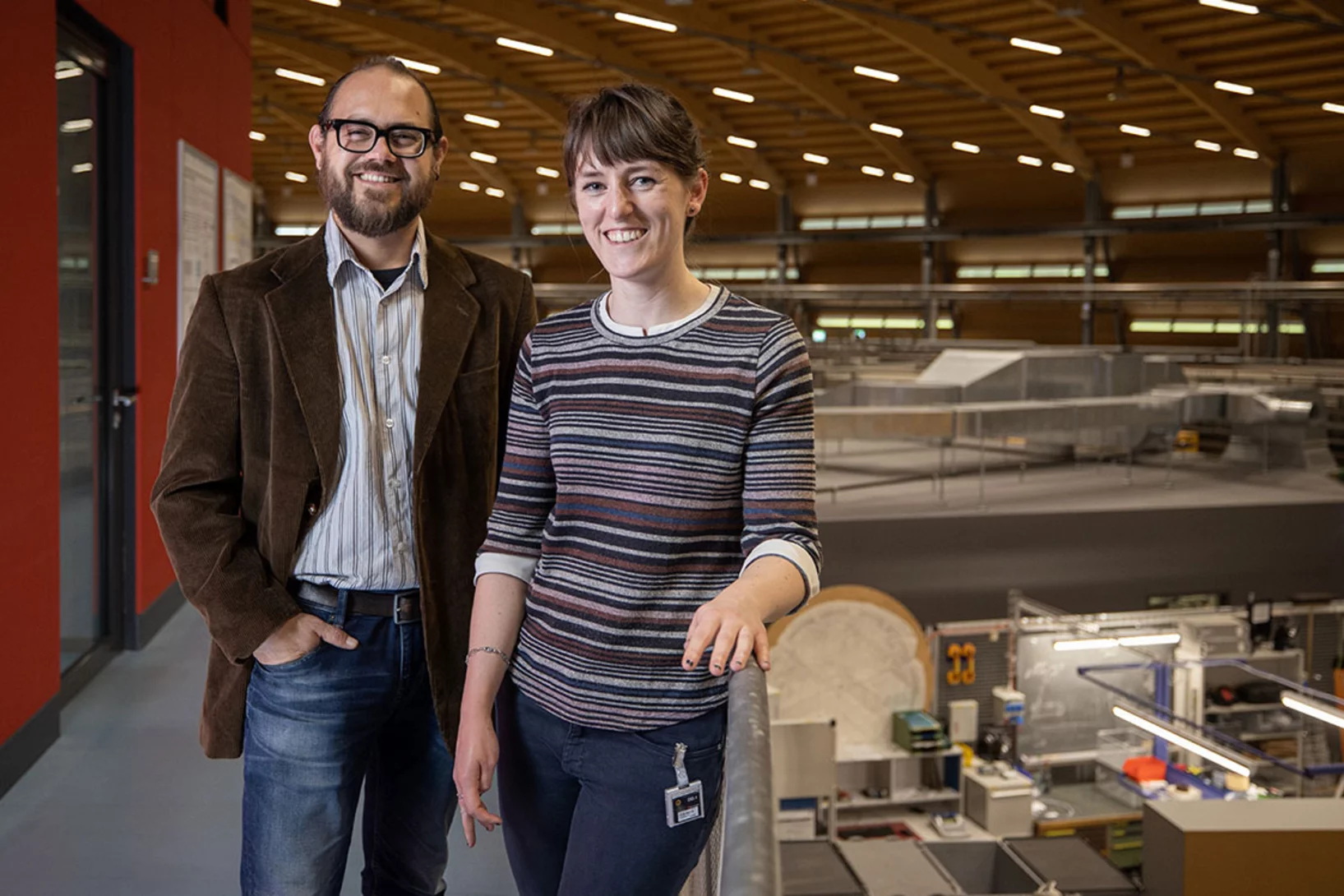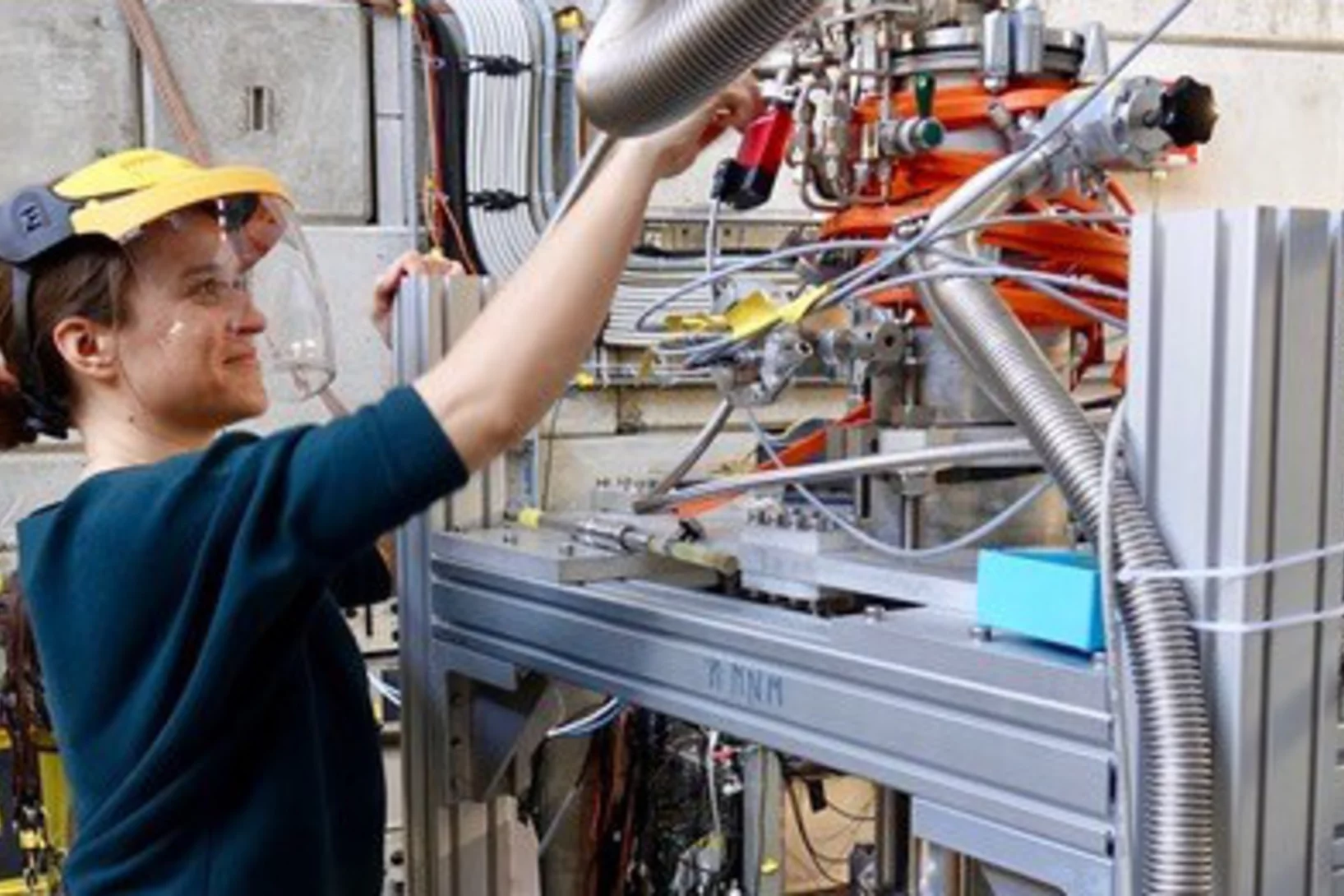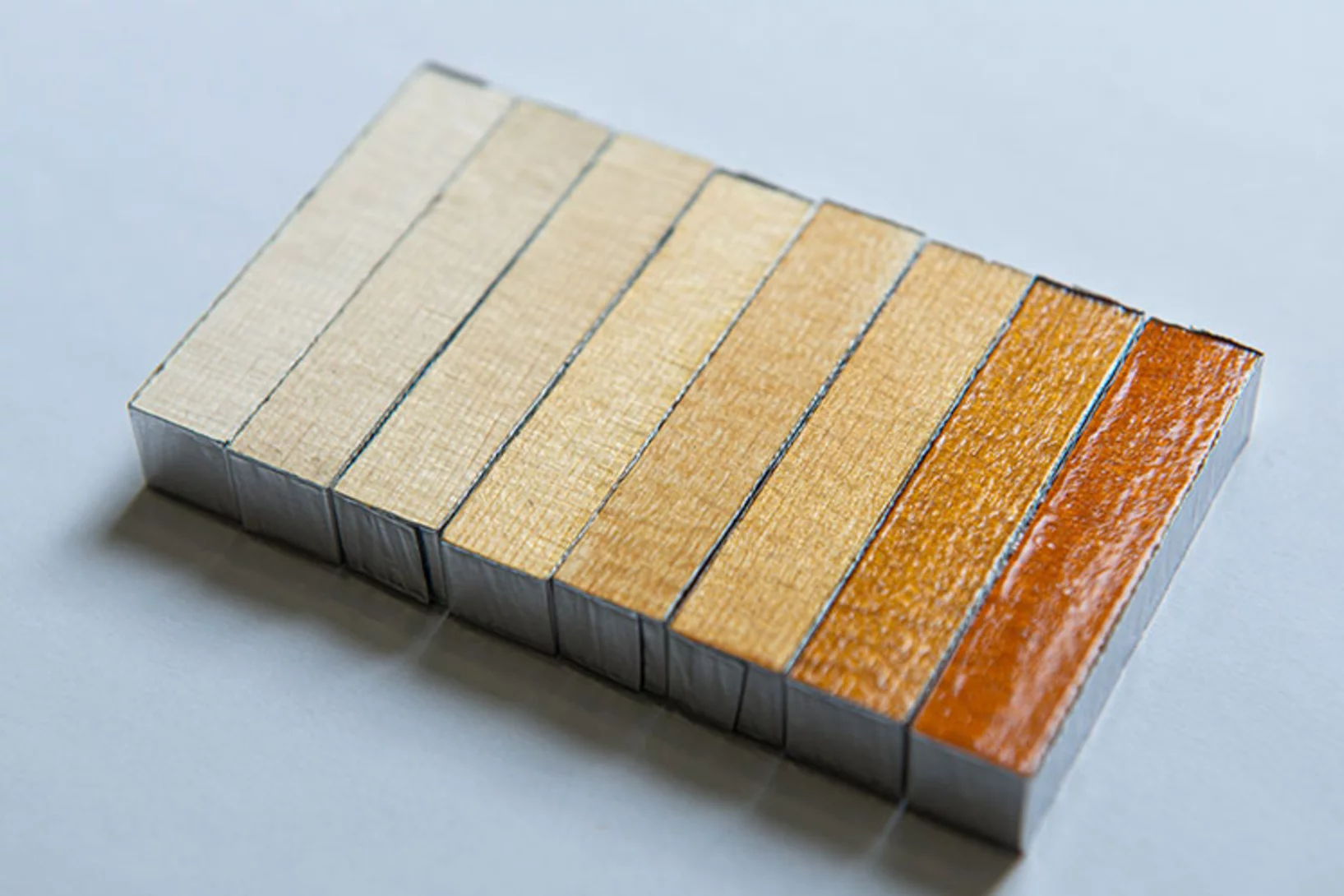Here you find current and previous news from the PSI Center for Neutron and Muon Sciences.
Show filters
The link between theory and experiment
Without fundamental constants there is no physics.
Silver medal at the EuroSkills
Silver medal for Mario Liechti at the EuroSkills in Graz, Austria.
CHRISP — All the key results in one place
A specialSciPost volume, entitled “Review of Particle Physics at PSI”, has recently been completed.
SINQ - performance of the new neutron guide system
In a recent open access article in "Neutron News" the performance of the new neutron delivery system after the SINQ upgrade has been described. Neutron flux gain factors between 2 and more than 10 have been measured at the various cold neutron instruments at SINQ.....
First Components of ESTIA arrive at ESS
The European Spallation Source (ESS) is currently under construction in Lund, Sweden and is set to become the most powerful neutron source in Europe and world-wide. The PSI-ESS project is delivering state-of-the-art contributions to five instruments at ESS, which will be home to a suite of 15 novel instruments. Among the five PSI instruments, the reflectometer ESTIA stands out as it is delivered in its entirety by PSI ...
Magnetic nanoworld
At PSI, researchers come across exotic phenomena such as frustrated magnets and nano-vortices, which may one day enable better data storage.
Water and quantum magnets share critical physics
At high pressure, liquid water and water vapour merge together – the phase boundary disappears. Researchers have now discovered a similar behaviour in a quantum magnet.
Hercules School 2021 at PSI
During the week of March 15 – 19, we had the pleasure to welcome 20 international PhD students, PostDocs and assistant professors at PSI, taking part in the first virtual Hercules School on Neutrons & Synchrotron Radiation.
The Swiss research infrastructure for particle physics CHRISP
Researchers are looking for deviations in the current standard model of physics and want to find out how our universe is constructed.
Size of helium nucleus measured more precisely than ever before
In experiments at the Paul Scherrer Institute PSI, an international research collaboration has measured the radius of the atomic nucleus of helium five times more precisely than ever before. The new value can be used to test fundamental physical theories.
Magnetically shielded from the rest of the world
At the Paul Scherrer Institute PSI, researchers together with a company have constructed a room that is one of the best magnetically shielded places on the earth. With its help, they want to solve the last mysteries of matter and answer a fundamental question: Why does matter - and thus why do we - exist at all?
A new small angle neutron scattering instrument arrives at SINQ from LLB
In 2018 an agreement between the Laboratoire Léon Brillouin (LLB) and Paul Scherrer Institut has been signed with the aim to jointly operate a new small angle neutron scattering (SANS) instrument at the Swiss spallation neutron source SINQ.
Marc Janoschek appointed Associate Professor ad personam at University of Zurich
Marc Janoschek, the head of the Laboratory for Neutron and Muon Instrumentation (LIN), was appointed as Associate Professor ad personam for experimental physics – correlated quantum materials at the University of Zurich starting February 1, 2021.
FALCON - a new instrument project at SINQ
Early 2020, an agreement between the Helmholtz-Zentrum Berlin and Paul Scherrer Institut has been signed, according to which the recently commissioned Laue Diffractometer Falcon (E11) would be transferred from HZB to PSI. The purpose of this agreement was to make state-of-the-art equipment from the recently closed research reactor BER-II at HZB work for scientific community at SINQ.
Prestigious IEEE award for Stefan Ritt
Stefan Ritt, leader of the Muon Physics group at the Laboratory for Particle Physics, has received today the prestigious IEEE Emilio Gatti Radiation Instrumentation Technical Achievement Award, for "contributions to the development and democratization of ultra-high-speed digitizers”.
On the winners’ podium at the SwissSkills professional championships
With Mario Liechti (gold) and Melvin Deubelbeiss (bronze) two of our electronics apprentices achieved a place on the winners’ podium at the SwissSkills 2020. The SwissSkills are the Swiss professional championships organized by the leading industry associations. The final competition took place October 27 - 30, 2020 at Schindler Elevators in Ebikon.
Swiss National Science Foundation Ambizione grant for Franziska Hagelstein
Franziska Hagelstein has been awarded a Swiss National Science Foundation Ambizione grant with PSI as host institution. She joined the particle theory group (NUM, Laboratory of Particle Physics LTP) in October 2020. In the near future she will be accompanied by a PhD student.
Nanostructures with a unique property
Researchers at the Paul Scherrer Institute PSI have for the first time identified special nano-vortices in a material: antiferromagnetic skyrmions.
Mu3e magnet arrived at PSI
After almost three years of planning, design and construction, the 31-ton, 2.6 Tesla superconducting magnet for the Mu3e experiment arrived today at PSI. The magnet delivery is an important milestone in the Mu3e experiment at the Laboratory of Particle Physics LTP, which will search for New Physics in muon decays over the next years.
In search of new physics
With the high-intensity proton accelerator HIPA, the Paul Scherrer Institute generates elementary particles to clarify how the universe is structured. Using pions, muons, and neutrons, the researchers conduct experiments to test the standard model of particle physics.
Anna Sótér appointed Tenure Track Assistant Professor at ETH Zurich
Anna Sótér, currently Lecturer and SNSF Ambizione Fellow at ETH Zurich, formerly member of the PSI Laboratory for Particle Physics and member of the PSI Fellow program, has been appointed Tenure Track Assistant Professor of Low Energy Particle Physics. Anna Sótér’s research is in the area of exotic atoms, where particle physics, atomic physics and quantum optics meet.
LENS Webinar on New Directions in Instrumentation
On June 25 the League of Advanced European Neutron Source LENS organized a second webinar on "New Directions in Instrumentation". Artur Glavic (LIN) gave a presentation on "Neutrons for Magnetic Nanostructures on Surfaces: Beyond the Specular Intensity Wars", which is still available online.
Young Scientist Award 2020
The Young Scientist Award 2020 of the European Magnetism Association (EMA) goes to Claire Donnelly for advances in the experimental characterization of spin textures and their dynamics in three dimensions with X-ray techniques.
Claire Donnelly, a former Ph.D. and postdoc at PSI in the Mesoscopic Systems Group, is currently a Leverhulme Early Career Research Fellow in the Cavendish Laboratory, University of Cambridge. She received her PhD in 2017 from the ETH Zurich for her work on hard X-ray tomography of three-dimensional magnetic structures based at the Paul Scherrer Institute. Following a postdoc at the ETH Zurich, she moved to the University of Cambridge and the Cavendish in January 2019, where she is focusing on the dynamics of three-dimensional magnetic nanostructures.
Her research focuses on three dimensional magnetic systems, which she studies using sophisticated synchorotron X-rays to determine the three-dimensional magnetic configurations, and their dynamic behaviour, at the nanoscale.
Long-lived pionic helium: Exotic matter experimentally verified for the first time
Exotic atoms, in which electrons are replaced by other particles, allow deep insights into the quantum world. After eight years, an international group of scientists have succeeded in a challenging experiment conducted at PSI’s pion source: they created an artificial atom called “pionic helium”.
Professor Dr. Christian Rüegg new Director of the Paul Scherrer Institute
The new director of the Paul Scherrer Institute has taken up office today. Christian Rüegg aims to further reinforce the leading role of PSI's large research facilities, and thus promote Switzerland as a location for research.
Symposium in memory of Jean-Pierre Blaser
Jean-Pierre Blaser (1923-2019) was one of the founders of the Swiss Institute for Nuclear Research SIN - one of the two institutions, which merged to the Paul Scherrer Institut in 1988. From 1988-1990 he was the first Director of the Paul Scherrer Institut. On the occasion of his first obit ETH Zurich and PSI organised a symposium to honour the lifetime achievement of this outstanding Swiss physicist.
Tracking down the mystery of matter
At the ultracold neutron source at PSI, researchers have measured a property of the neutron more precisely than ever before: its electric dipole moment. That's because the search is still on for an explanation of why, after the Big Bang, there was more matter than antimatter.
Short film of a magnetic nano-vortex
Using a newly developed imaging method, researchers were able to visualise the magnetic structure inside a material with nanoscale resolution. They succeeded in creating a short "film" consisting of seven movie frames that shows, for the first time in 3D, how tiny vortices of the magnetisation deep within a material change over time.
Anna Sótér starts Ambizione fellowship
Anna Sótér has started an Ambizione fellowship at ETH Zurich and PSI. Her project is dedicated to developing a novel source of cold muonium atoms, which will be used for a new interferometry experiment that enables testing the weak equivalence principle by directly probing gravitational interaction of antimatter.
Well varnished violins play longer
Traditionally, violins are varnished to protect them from humidity and other environmental influences. At PSI, a scientific team has investigated how different coatings affect the instrument. Under no circumstances, they found, should anyone try to do without varnish completely.

